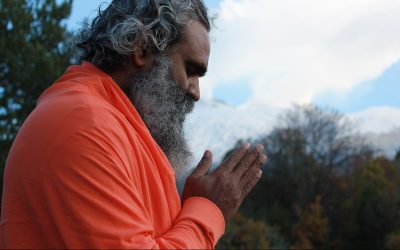Spiritual experiences, such as states of ecstasy and bliss are tricky. If I was experiencing them, I was certainly never allowed to look like it. None of this swaying, waving hands in the air, or all things people do to make it look like they are in a trance. Being terribly British helps at this point – sang-froid or a poker-face helps. Looking entirely normal and boring, getting on with things, and not expressing any of the inner rapture was and is the order of the day.
Gurus bang on about developing bliss consciousness, the basis of spiritual experience that is eternal, always the same. Now, the problem is that we humans never experience this state as a continuum.
The Transience of bliss consciousness becomes permanent
The reason bliss consciousness does not last as an experience can be seen psychologically and physiologically. The mind and body habituate to experiences so they become part of the background. Followers of Gurus get confused here, as ‘enlightenment’ is supposed be a blissful experience, with no pain or suffering. This is not true. The bliss disappears, and all kinds of pains and misery retains. The difference is that one no longer identifies with those pains and miseries. Furthermore, the experience of pain and misery in all its myriad forms serve as reminders that more spiritual work is required for oneself, friends, family, colleagues, enemies, and the rest of the world. Simply put, if I experienced unity and bliss all the time I would be as useful as a junky sprawled on the floor, insensate, unable to act, and once the experience starts to wear off, I would be looking for the next hit.
Do not get me wrong. Bliss and all those wonderful fuzzy experiences are valid, and they are part of the spiritual experience, but they are ephemeral. See them as a kind of spiritual lollipop, a small and enjoyable reward on the long path of spiritual toil and work.





0 Comments